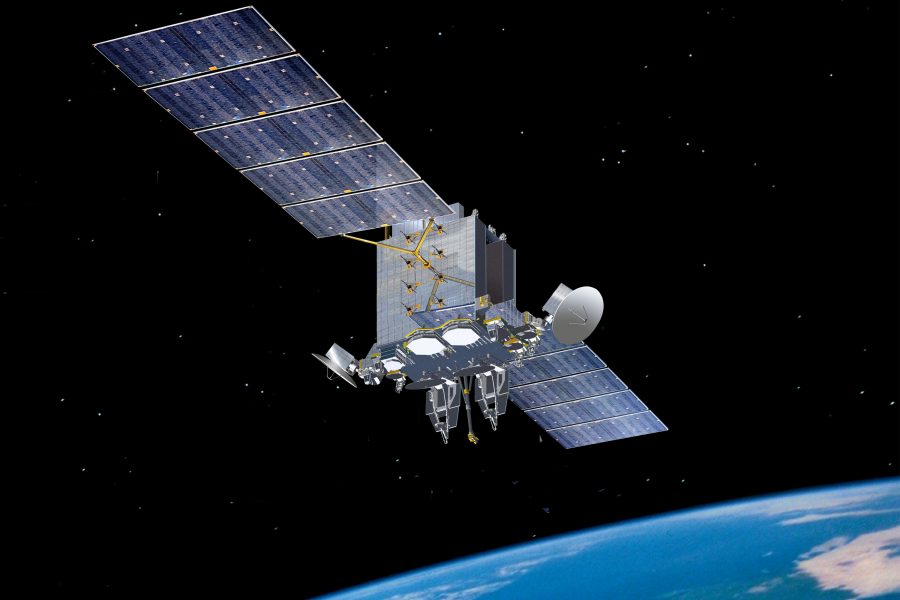The Pentagon has declared space a warfighting domain. A new Space Force is preparing to defend its assets from attack, and hit others if needed. But what, exactly, is a space weapon?
A new report from the Center for Strategic and International Studies, published May 27, tries to answer that question.
“Nations use phrases such as space weapons, the militarization of space, and the weaponization of space to mean different things at different times, often to suit their own geopolitical agendas,” the report said. “A common framework for discussion [of ]space weapons could be useful to establish and clarify thresholds among like-minded nations for what constitutes conflict and escalation in space.”
Todd Harrison, director of CSIS’s Aerospace Security Project and the report’s author, puts space weapons into six categories:
- Kinetic and non-kinetic Earth-to-space weapons like projectiles or jammers, dazzlers, and cyberattacks
- Kinetic and non-kinetic space-to-space weapons like on-orbit projectiles or microwaves
- Kinetic and non-kinetic space-to-Earth weapons like jammers, lasers, or projectiles that come down from orbit.
Counterspace weapons, or weapons that are based on Earth and affect other systems on Earth as well as in orbit, are not part of Harrison’s classification of space weapons. That includes weapons like cruise missiles or cyberattacks that hit satellite ground stations.
He also noted multiple factors that should define space weapons: whether they are conventional or nuclear, whether they are stationed on Earth or in orbit, whether they create orbital debris, and whether they are used for offense or self-defense. Some of those criteria are already regulated or in the process of being so, like the ban on testing and using nuclear weapons in space and a proposed Code of Conduct that frowns upon adding more debris.
Sometimes it can come down to the circumstances as well. If a satellite hits another, was it an intentional collision or an unfortunate mishap? Does an attack with temporary effects matter as much as one that does permanent damage?
“Unless one takes a rather narrow definition of space weapons that excludes space-to-space kinetic forms of attack, space has already been weaponized,” Harrison said.
Just as in the other domains, there’s always the possibility that a different understanding of the rules can lead to friction when one country does something that another country sees as a threat.
“With its 2019 [anti-satellite] test, India made clear that it believes kinetic Earth-to-space ASAT weapons are a legitimate means of self-defense by deterrence,” Harrison wrote in the report. “Yet many other nations, particularly in Latin America, continue to oppose any weapons in space, even if they are intended solely for self-defense.”
Multiple countries are already building and testing space weapons, but the world has a long way to go to limit that development and establish norms in space. Harrison suggested that an arms race could ultimately help countries avoid conflict, as in the Cold War, or that conflict could break out even if countries aren’t competing for space weapon supremacy.
“While discussions continue at the United Nations about preventing an arms race in space, the actions of some nations—namely Russia and China—are leading others to prepare for conflict,” he said.
